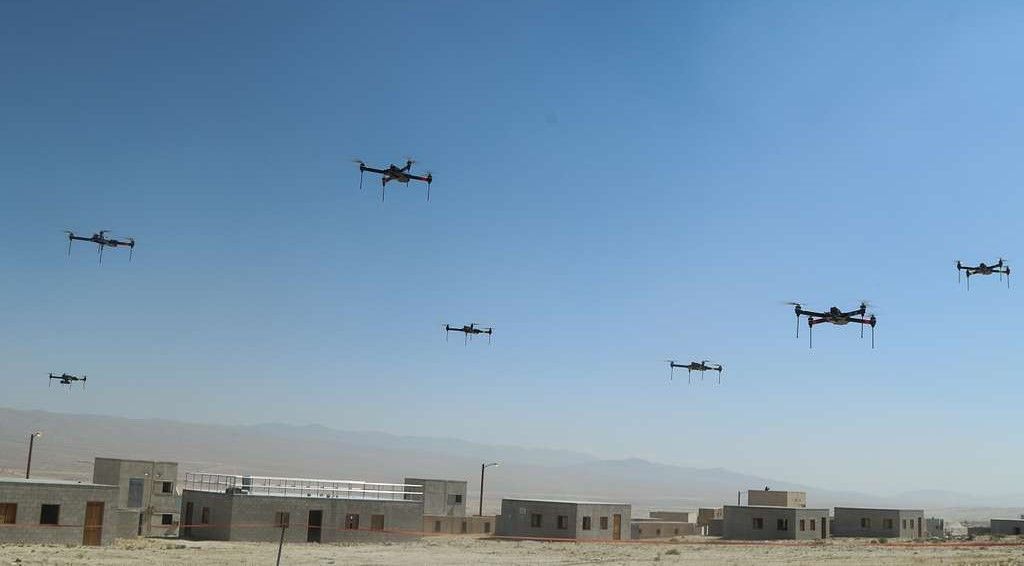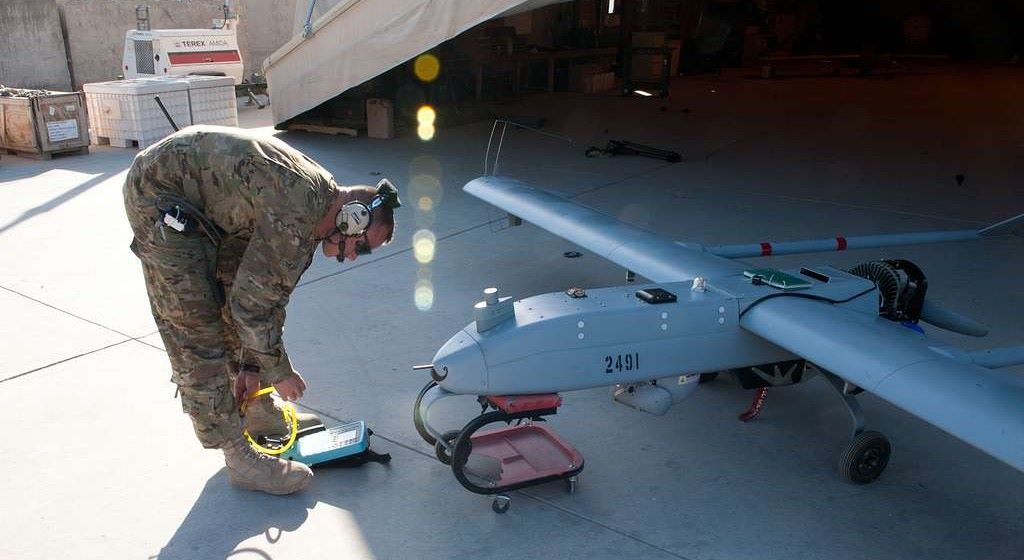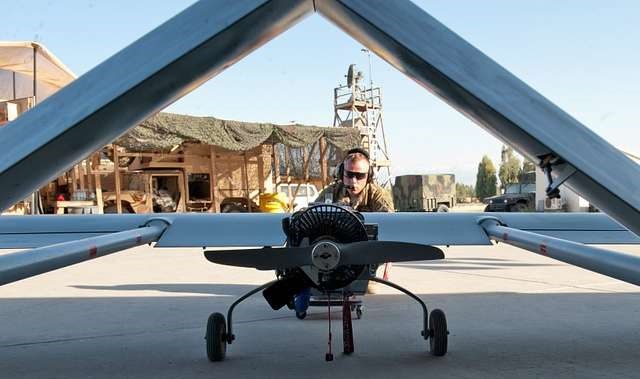Military Procurement Ponders How to Meet Drone Demand
Can national drone manufacturing sectors match their national military requirements?

Drones have become an indispensable tool in modern warfare, revolutionizing the way battles are fought and won. These unmanned aerial vehicles provide a crucial tactical advantage, allowing commanders to gather real-time intelligence, track enemy movements, and deliver precision strikes without risking the lives of human pilots.
However, knowing the advantages of deploying military drones on a battlefield and being able to deploy military drones on a battlefield are two quite different things.
For example, while the US Army is one of the most innovative in terms of testing new hardware and was the first to fly military drones in combat, it is backed by a vast military budget and America’s enormous manufacturing base. Yet according to military drone experts, the numbers still don’t add up when it comes to manufacturing drones.
Related articles: Call for Drone Sector to Build America’s First Drone Fleet or US Marines Invest in Counter-Drone Swarm System
As Sam Skove, a military journalist at the industry website Defense One states, “The experience of two brigades suggests that the service will need to buy thousands per year just to meet training objectives, let alone go to war.”

In February, US Army Chief of Staff Randy George announced the ‘transforming-in-contact’ program, designed to send modern communication systems, electronic warfare capabilities, and perhaps most significantly small drones to three infantry brigades so that they could evaluate their effectiveness.
The 101st Airborne, for instance, now has five platoons with specific roles requiring the use of drones. Three are standard reconnaissance units, equipped with six short-range drones for deployment behind enemy lines, an electronic warfare platoon, and a robotics and autonomous systems (RAS) platoon which flies larger, longer-range drones for light bombing and artillery fire correction.
But even ignoring these role-specific platoons, other units within the 101st are also equipped with drones, often with as many as twelve short-range drones each. This totals almost sixty drones for 101st Airborne alone.
However, the situation is compounded by the number of drones needed for replacements.
“During intensive training,” notes Skove, “like that seen during rotation in a combat training center, one drone platoon commander said he expected that at least one drone every other day would fall victim to operator or mechanical error.”
It is a statistic supported by Col. Graham White of the 25th Infantry Division’s 2nd Brigade who recently told journalists that it was a ‘safe assumption’ that about a quarter of drones deployed in training missions would ‘irretrievably break or be lost’.
Adding that following a platoon being issued with drones (which have a budgeted five-year life cycle), he would expect all of them to ‘break, crash, or require minor repair.’

The maths makes for difficult and expensive reading for US Army procurement chiefs, as Skove explains. “If all fifty nine of the Army’s active and National Guard brigades follow the lead of the 101st Airborne, for example, over 3,000 short-range drones would be required to equip their platoons. To make up for training losses, the Army will also need to regularly buy replacements. Assuming a rate of 25 percent lost per year during intensive training, the Army might need to purchase another 1,000 drones or so per year.”
This is a point acknowledged by Army acquisition head Doug Bush, who likened the force’s desperate need to upgrade its drone manufacturing and procurement operations as important as the acquisition of artillery shells.
“We need them,” he said, “potentially at a very large scale and very quickly.”
Photo credit: Picryl, Renopenrose, & Jenikirby

